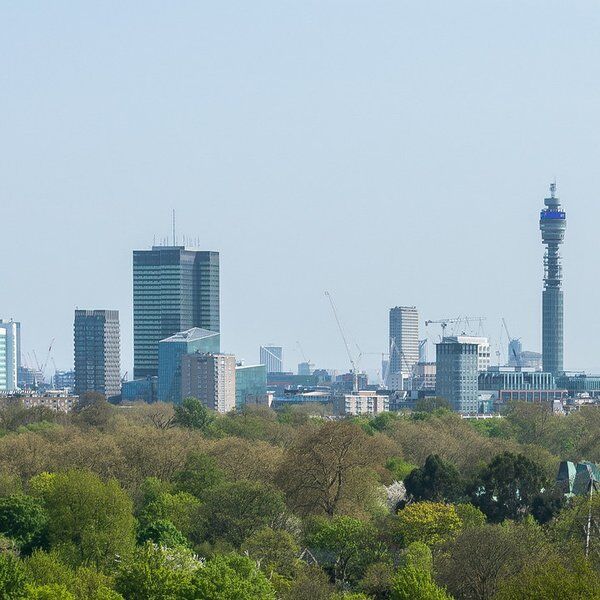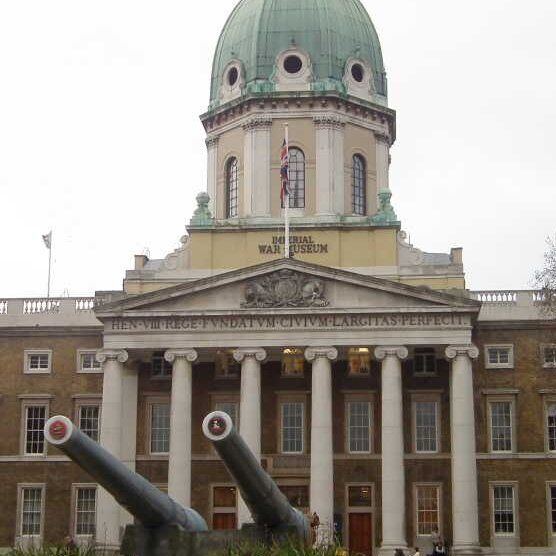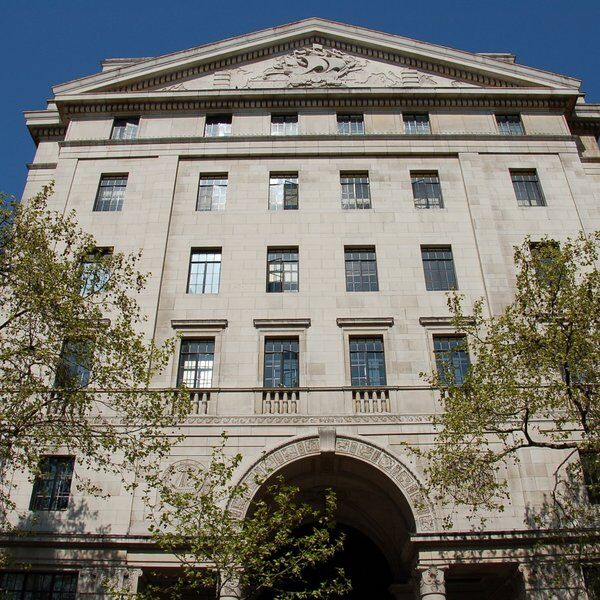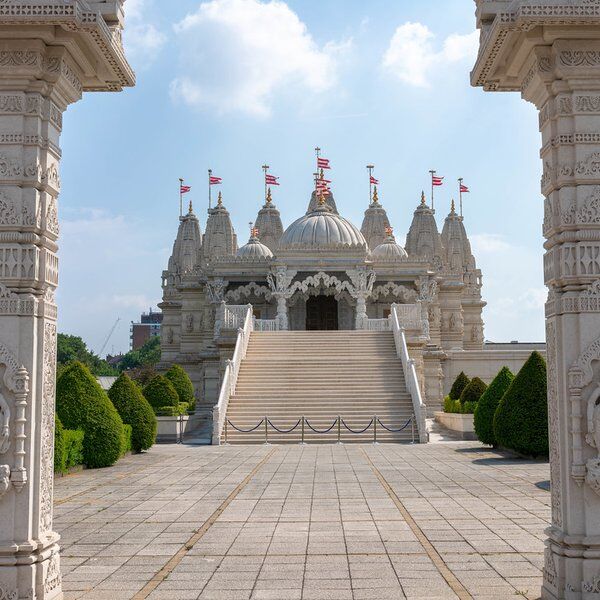'The Outcast Dead RIP' reads a peculiar plaque in Central London, not far from the Globe Theatre. It marks Crossbones Graveyard, where about 15,000 people received unofficial burials before its closure in 1853.
Many of these were sex workers whose 'unchristian' professions excluded them from receiving proper funerals. This, despite the fact that most of their profits went to the local Bishop.
Liberty Of The Clink
Across the Thames from medieval London, the area surrounding Crossbones Graveyard wasn't subject to the strict laws of the city. In other words, it was where London's gentry went if they wanted to misbehave. And who was in charge of the area? None other than the Bishop of Winchester.
In 1161, King Henry I granted the Bishop the power to license (and tax) prostitutes and brothels in his Southwark estate. This freedom from the law was given the nickname 'Liberty of the Clink' and was embraced wholeheartedly by the Bishop. He eagerly raked in tax profits, at the same time refusing his workers Christian death rites.
The Winchester Geese
The sex workers (or Winchester Geese, as they were known), meanwhile, laboured away in hazardous conditions- pregnancy and STDs being part and pass of the work- and received a pittance of what their pimp Bishop made in return.
How did the Bishop reconcile his conscience with this situation? With ease, it would appear. He told himself he was providing a public service.
A Lesser Evil
In Medieval times, the Christian attitude towards sex work was complicated. One the one hand, it was sinful to have sex for fun, especially out of wedlock. On the other, these 'fallen ladies' could be useful tools for keeping good, Christian men away from worse evils. Sex with a prostitute was bad, but it was much preferred to the mortal sins of masturbation and sodomy.
In this way, the women buried in Crossbones Graveyard were victims of something akin to ritual sacrifice. They were allowed to fall into unforgiveable sin, so that the men of London wouldn't have to. The graveyard itself was just a handy way of disposing of the bodies.
It continued to be used in this way, serving only those undeserving of a Christian burial, until its eventual closure in 1853.
Crossbones Graveyard Rediscovered
After this, it was largely forgotten about, until, 150 years later, the eastern part was dug up as part of the Jubilee Line extension. Heaps of bodies were found. Further excavation revealed a mass grave of around 15,000 corpses. Many of these were fetuses and babies of less than one years old.
The Crossbones Graveyard Memorial
This haunting discovery sparked renewed public interest into the lives and deaths of those buried in Crossbones Graveyard.
Since 1996, people have been working to find a way to properly honour them. A garden of remembrance has been erected; a network of sex-workers, poets and activists (The Friends of Crossbones) has been formed; and, starting in June 2004, a vigil has been held monthly in honour of the outcast dead.
Interested in finding more places like this? Try one of our London Secret Walks - untangle cryptic clues as a team, as you are taken on a journey to the most unique, unusual and bizarre corners of London.










